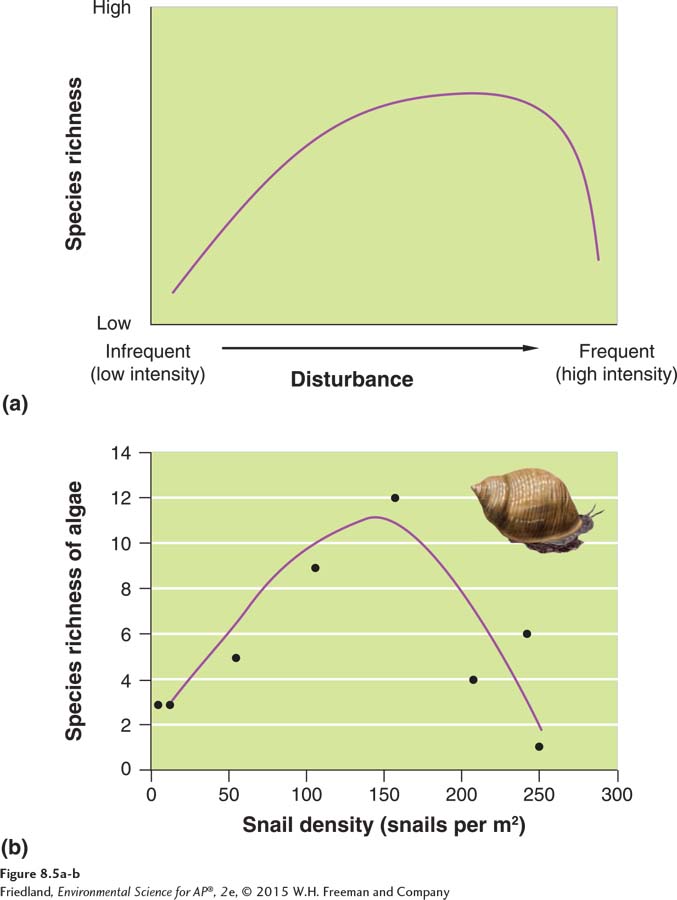
FIGURE 8.5 Intermediate disturbance hypothesis. (a) In general, we expect to see the highest species diversity at intermediate levels of disturbance. Rare disturbances favor the best competitors, which outcompete other species. Frequent disturbances eliminate most species except those that have evolved to live under such conditions. At intermediate levels of disturbance, species from both extremes can persist. (b) An example of the intermediate disturbance in the number of algal species observed in response to different amounts of herbivory by marine snails. When few or many snails are present, there is a low diversity of algal species, but when an intermediate density of snails are consuming algae, the snails cause an intermediate amount of disturbance and a higher diversity of algal species can persist in the ecosystem.